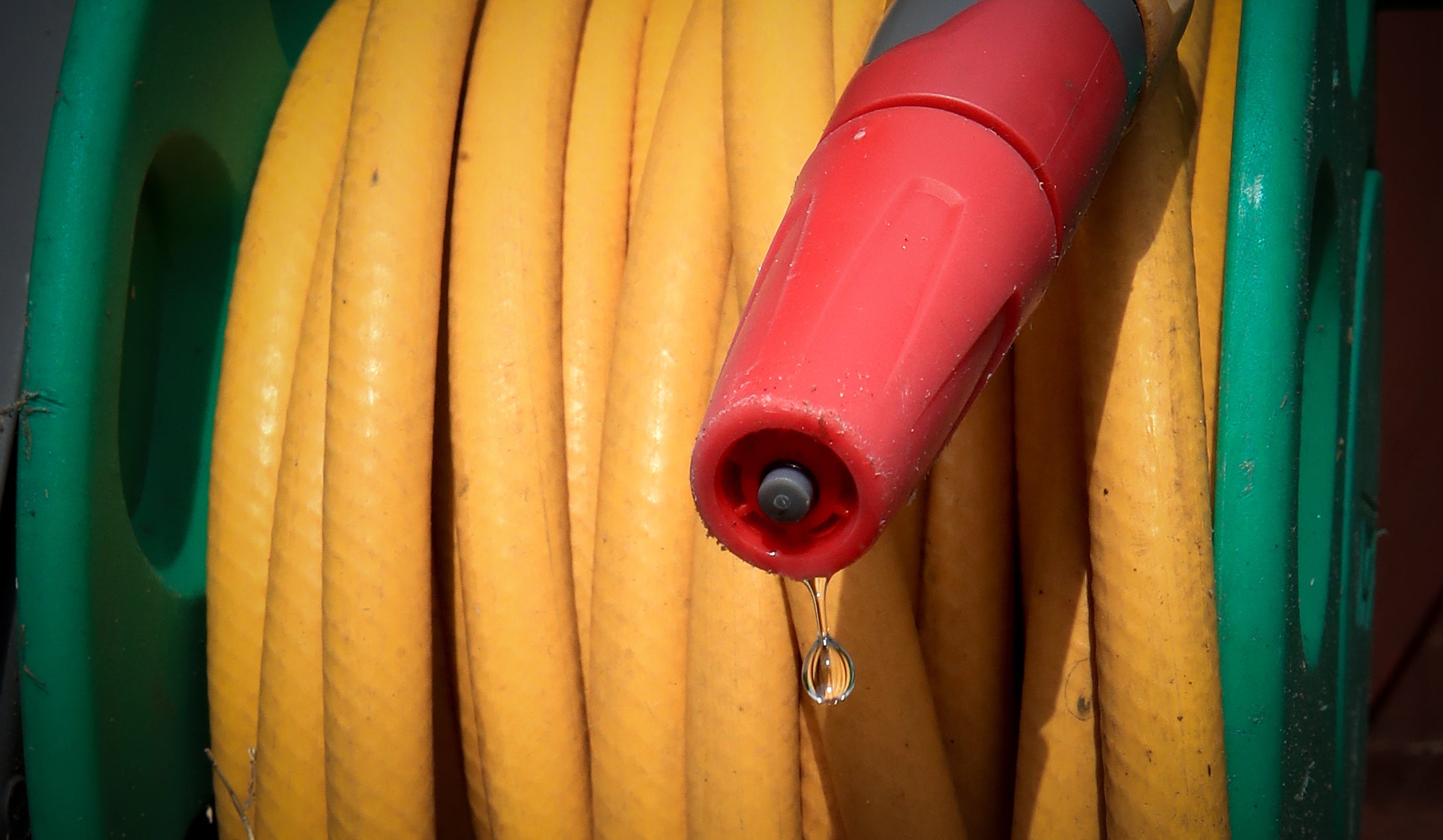Drought: What is it and how can the effects be tackled?
Continued dry weather, similar to that seen in the last few months, could see another drought declared.

As England faces a drought in August if the hot and dry weather continues, here is a look at what is happening and how the situation is being managed.
– How is a drought defined?
Droughts are natural events which occur when a period of low rainfall creates a shortage of water, andthey reduce water supplies to different users.
The Environment Agency (EA) says it is important to note that there is no single definition.
Even though a drought is caused by a period of low rainfall, the nature, timing and effects on people, the environment, agriculture or businesses will vary.
Some droughts are short and intense – for example a hot, dry summer – while others are long and take time to develop over multiple seasons.
– Are there levels or stages?
The EA said there are four stages of drought – prolonged dry weather, drought, severe drought and recovering drought.
– What is currently happening in England?
Spring and summer have been dry, with the recent high temperatures acting as additional pressures.
The country is not in widespread drought but most of England except for the North West has moved into a state of “prolonged dry weather”, the step before drought is declared, raising the spectre of restrictions such as hosepipe bans.
Officials said people will start seeing visual signs of low water levels.
Much of the country already has low river flows, affecting the quality and quantity of water, with impacts on farmers and other water users, as well as wildlife.
– How much rainfall have we had?
The most recent weekly rainfall and river flow summary for England, for the week to Tuesday July 19, said river flows decreased at all but seven sites the EA reports on, with almost all sites classed as below normal and a third being exceptionally low for the time of year.
According to that summary, England has had just 10% of its long-term average (LTA) rainfall for July, with the east and south east recording just 4% of their LTA.
In June, England recorded 74% of its LTA, while the east recorded 67% and the south east recorded 63%.
– What measures can water companies take to manage demand?
The EA said water companies can introduce temporary use bans to reduce usage and protect supplies during a drought.
A company does not require any approvals to restrict uses of water but must run a period of public notice and allow for representations to be made before the restrictions come into force.
Companies can also manage water pressure in the supply system in drought-affected areas and work with business customers to help reduce their demand.
– When was the last drought?
The last time drought was declared was in 2018.
Other notable droughts took place in 1975 to 1976, 1989 to 1992, 1995 to 1996, 2004 to 2006 and 2010 to2012.
A severe drought occurred from May 1975 to August 1976, when a dry winter in 1975-76 was followed by an intensely hot, dry summer.
An EA document on droughts said many restrictions on water use were introduced, while many trees were affected by moisture stress and the hot temperatures led to fires on moorland and heathland.
Bookmark popover
Removed from bookmarks